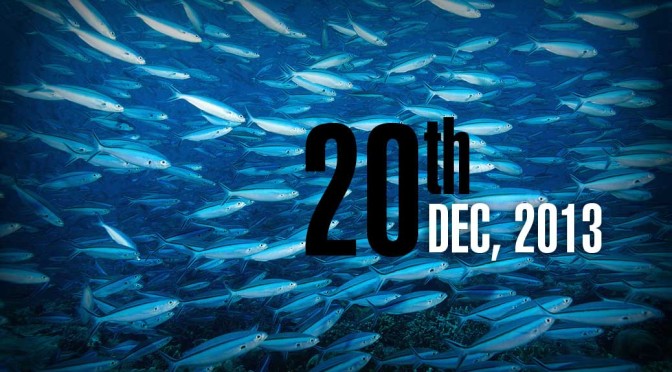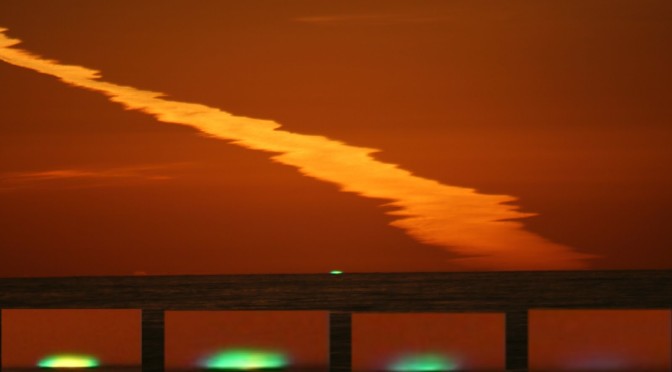By Anupum Pant
Unexplored
First, think of something that is 1,200 km in length, 3000 m in height and yet it is complete buried under the Antarctic ice. A whole mountain range called the Gamburtsev Mountain Range in Antarctica has remained unexplored, buried for centuries under a 2 to 4 kilometer thick sheet of ice. The range is named after Grigoriy A. Gamburtsev – a Russian geophysicist.
It amazes me how something of the size of European Alps, right here on earth, has remained unexplored for decades. Scientists estimate that these mountains are several millions of years old. But, till date they have no concrete idea on how they were actually formed.
In the words of Robin Bell, a geophysicist at Columbia University:
Amazingly, we have samples of the moon but none of the Gamburtsevs’.
Discovery: year 1958
In the year 1958, these mountains were discovered by a Soviet expedition. For exploration, this expedition investigated the surface using seismic sounding at around 10 points. During this time, not much detail was known.
Year 2000: It was only in the year 2000 that a project by British Antarctic Survey was able to produce a fairly detailed 3D map of Antarctica to date. As a result, some more information about these mountains was gathered. Still, it wasn’t enough for finding out their origins.
To solve the mystery of their origins, in the year 2011, aircrafts equipped with radars, lasers and various other meters were sent out by researchers to image the last unexplored mountain range on earth. They flew a distance of around 3 times the earth’s circumference over Antarctica – about 120,000 kilometers.
In the end, this flying around returned good results.
This Image gives you a rough idea about how deep these mountains are buried. [PDF]
I hope that in the coming years, scientists will be able to drill through the ice that has accumulated there for millions of years. And then, probably they’ll be able to retrieve real Gamburtsev rock samples for detailed investigation.
Note: Pardon me if I’ve been writing too much in the “Earth” category for the past few days. Trust me it is just a coincidence. In my defense, It is completely possible that a truly random die roll can land 6 consecutive 6s.
The Feynman point is one such example. It is a sequence of 6 nines somewhere in the decimal digits of pi. In short, you cursing me for writing under the same category for the past few days is not justified, logically.




